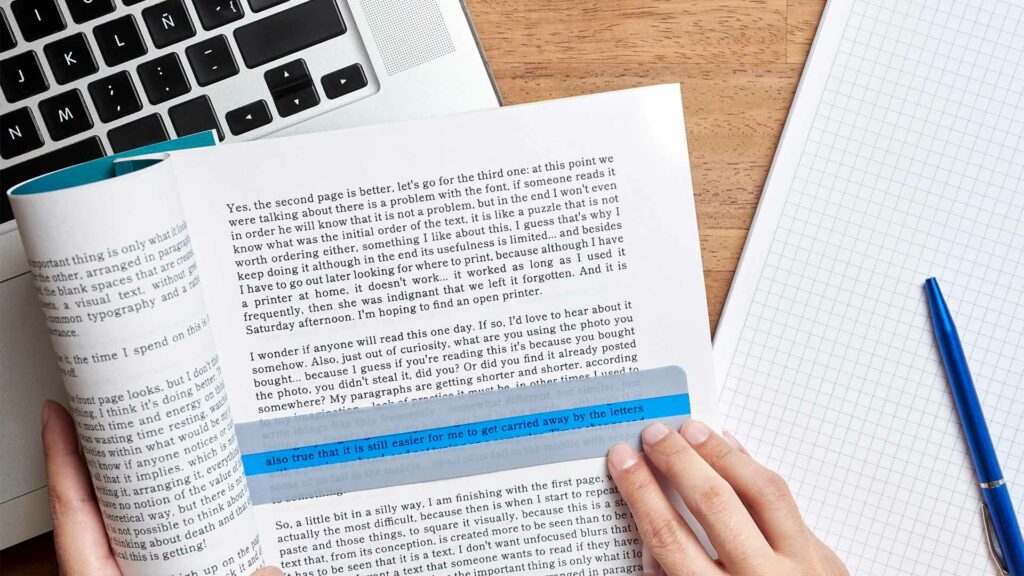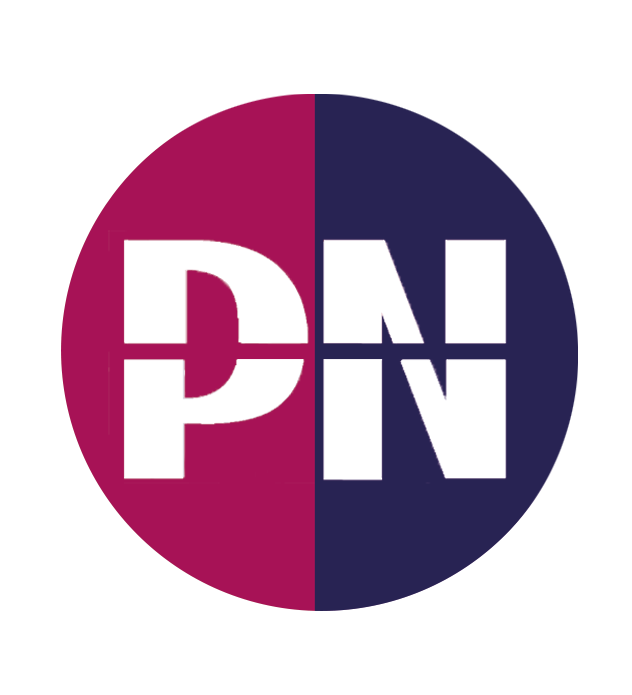Introduction
Dyslexia, a prevalent learning difficulty, often presents a complex array of challenges for individuals, parents, educators, and employers alike. Despite its complexity, understanding and identifying dyslexia can pave the way to meaningful support and successful management of this learning difficulty. This blog post aims to shed light on the labyrinth of dyslexia, demystifying its types, identifying its signs, and the significance of professional assessments.
Section 1: Understanding Dyslexia
What are the 4 types of dyslexia?
Dyslexia is a multifaceted condition with several types that vary in their characteristics. These include:
- Phonological dyslexia: Where individuals struggle with sounds in words.
- Surface dyslexia: The challenge lies in recognising words by sight.
- Rapid naming deficit: Characterised by difficulties quickly naming letters and numbers.
- Double-deficit dyslexia: Combines difficulties in phonological processing and rapid naming.
Understanding these types helps us appreciate the varied ways dyslexia can manifest, ensuring tailored approaches to support.
What are the signs of dyslexia?
The signs of dyslexia can vary greatly among individuals and across different age groups. Common signs include reading, writing, and spelling difficulties and struggling with directions, sequences, and understanding time. Increased awareness of these signs is essential for early detection and intervention.
What age is dyslexia diagnosed?
Dyslexia can be diagnosed at various ages, often identified during the early years of schooling. Early diagnosis is key as it allows for targeted support to be implemented, aiding the individual’s learning journey.

Section 2: Dyslexia Assessment Service
What are the assessment tests for dyslexia?
Dyslexia assessments are comprehensive processes that delve into an individual’s reading, writing, spelling, and processing speed. They may include a variety of tests like phonological awareness tests, rapid naming tests, and cognitive assessments.
What are the six areas the dyslexia screener assesses?
A dyslexia screener assesses key areas, including phonological awareness, sound-symbol recognition, alphabet knowledge, decoding skills, rapid naming, and encoding skills. Each of these areas provides essential insight into an individual’s learning style and potential barriers they may face.
What is a cognitive assessment for dyslexia?
Cognitive assessments for dyslexia delve deeper into the individual’s mental processes, exploring areas such as working memory, verbal comprehension, and perceptual reasoning. This provides a more holistic understanding of the person’s learning profile.
How long does a dyslexia assessment take?
A dyslexia assessment typically takes around three hours, allowing for a thorough analysis of the individual’s unique learning profile. The duration, however, may vary depending on the individual’s specific needs and the depth of analysis required.
Conclusion
The labyrinth of dyslexia, although intricate, can be deciphered through understanding and professional assessment. The journey towards uncovering an individual’s unique learning style begins with awareness and culminates in detailed, personalised insight. The value of this journey lies not just in identifying dyslexia but in revealing the true potential beyond the diagnosis. Don’t hesitate to seek professional help if you or someone you know shows signs of dyslexia.
Explore our Dyslexia Testing & Assessment service and uncover your unique learning pathways.






